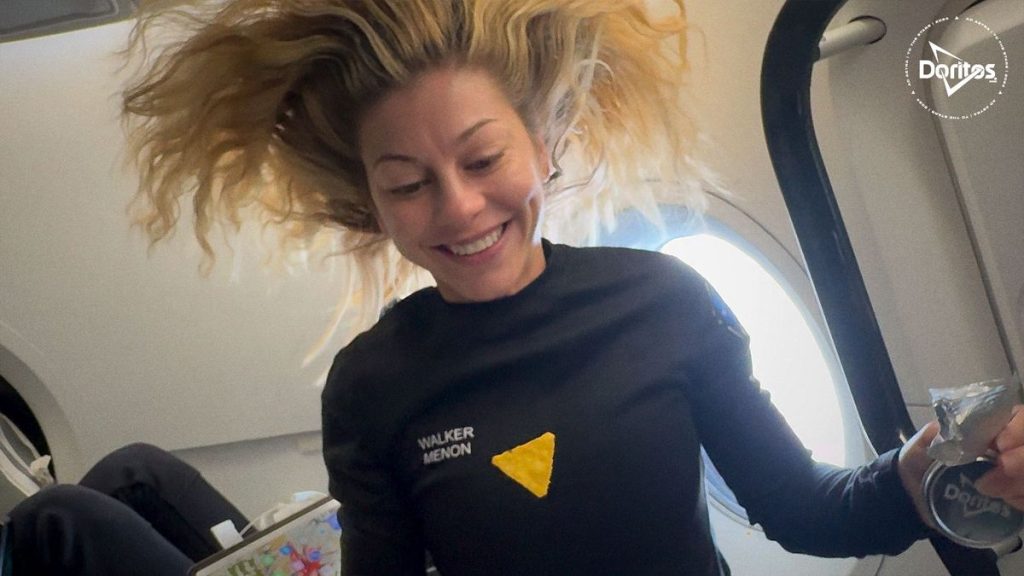Astronomers have observed a companion star orbiting the famous star Betelgeuse, confirming their earlier hypotheses.
Astronomers Spot Companion Star in Orbit Around Iconic Star Betelgeuse, Confirming Suspicions (Image Credit: Gizmodo-com)
In 2024, astronomers surmised that Betelgeuse might have a stellar “buddy.” If this hypothetical companion existed, it would help answer some questions about the red supergiant’s strange glowing patterns. As it turns out, these suspicions were correct.
After numerous false signals and empty search results, astronomers with NASA’s Ames Research Center have confirmed that Betelgeuse does, in fact, have a tiny buddy star. The young star, with a mass about 1.5 times that of the Sun, likely exerts some unsolicited influence on the larger star’s gravitational field and the cosmic dust floating in its vicinity. The interactions between the two stars make it appear as though Betelgeuse—unlike most stars of its kind—undergoes an additional, extended period of intermittent dimming roughly every six years.
“Papers that predicted Betelgeuse’s companion believed that no one would likely ever be able to image it,” Steve Howell, an astronomer who led the team that discovered the star, said in a statement. “This now opens the door for other observational pursuits of a similar nature.”
For the discovery, astronomers used the Gemini North telescope in Hawaii, employing a technique known as speckle imaging, which uses very short exposure times to wipe out distortions in space images caused by Earth’s atmosphere. This allowed the researchers to directly capture the companion star at a high enough resolution to identify some key characteristics about the newly discovered star, such as its mass and temperature.

What’s fascinating about “BetelBuddy”—as the researchers who predicted its existence called it in a past interview with Gizmodo—is that it was probably born around the same time as Betelgeuse. To put this into perspective, Betelgeuse, a red supergiant, is nearing the end of its stellar lifespan, and astronomers predict it could explode into a fiery supernova within a decade or so. But the newly discovered companion star is so young that it hasn’t even started igniting hydrogen at its core, implying that it’s still at the earliest stages of stellar evolution. This is likely because Betelgeuse, which is somewhere between 10 and 20 times the mass of our Sun, has a far shorter lifespan compared to its lightweight buddy.
Given Betelgeuse’s relative proximity to Earth, astronomers have studied it more closely than most other stars for centuries. From their observations, astronomers found that the star’s brightness varies on a cycle of about 400 days, with a secondary period lasting around six years. Variable stars are relatively common, but astronomers had long struggled to explain why Betelgeuse had an extended dimming period.
To be clear, this is different from the “Great Dimming” of Betelgeuse from 2019 to 2020, which scientists suspect is the result of the star ejecting a large cloud of dust that subsequently blurred its brightness.
With the new discovery, astronomers now have a good answer to the mystery behind the years-long dimming and brightening pattern of the huge star Betelgeuse. They expect, however, that Betelgeuse’s intense gravitational pull will gobble up the young star within the next 10,000 years.
Thankfully, this won’t be the first and last time we see BetelBuddy alive. Astronomers expect the young star to pass within our telescopes’ detection range in November 2027, when it flies the farthest away from Betelgeuse.








